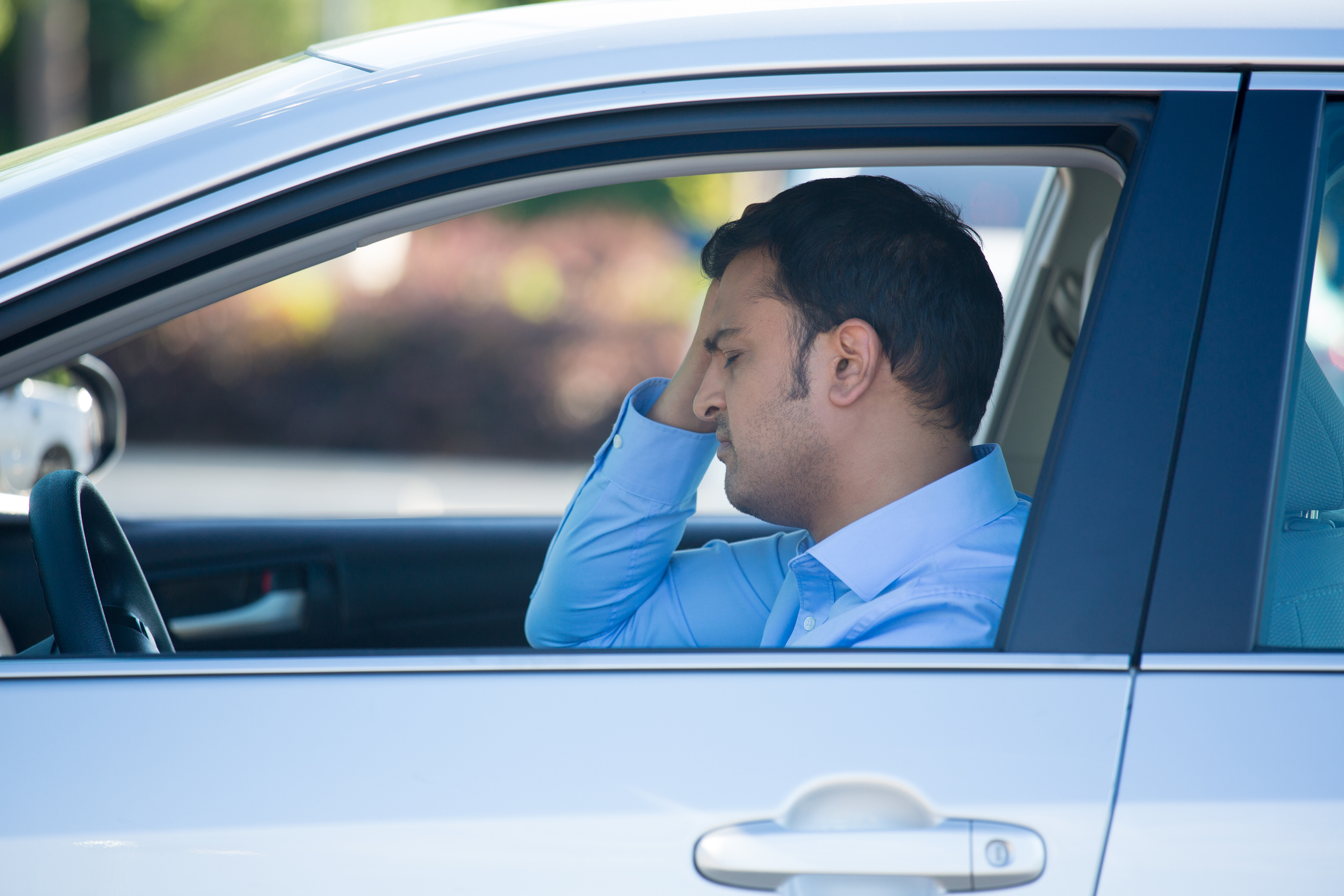March 04, 2025 – Trenton, NJ – Drivers across New Jersey are feeling the pinch as auto insurance rates continue to climb, leaving many residents wondering what’s behind the increase. Industry experts, lawmakers, and local drivers are pointing to a mix of factors—including the state’s policy of issuing driver’s licenses to undocumented immigrants and the availability of subsidized insurance programs—as potential contributors to the rising costs. But is this the full story? Let’s break it down.
New Jersey’s Auto Insurance Landscape
New Jersey has long been known for having some of the highest auto insurance rates in the nation, a trend that hasn’t reversed in 2025.
The state requires all drivers to carry liability insurance, personal injury protection (PIP), and uninsured motorist coverage, which already sets a high baseline for premiums.
Recent data suggests that the average annual cost for full coverage in New Jersey has risen by nearly 10% over the past year, with some drivers reporting increases as high as 20%. For a state with a dense population and heavy traffic, these costs are hitting residents hard.
The Role of Driver’s Licenses for Undocumented Immigrants
In 2019, Governor Phil Murphy signed the Driver’s License Access and Privacy Act, allowing undocumented immigrants to obtain standard driver’s licenses starting May 1, 2021. The move was hailed as a safety measure, intended to ensure that all drivers on New Jersey roads are tested, licensed, and insured. As of early 2025, tens of thousands of undocumented immigrants have taken advantage of this policy, joining the ranks of insured drivers.
Proponents argue that this has reduced the number of uninsured motorists, a persistent problem that drives up rates for everyone. “When more people are trained, tested, and insured, it’s a win for road safety,” said Senator Joseph Vitale, a key supporter of the legislation. Studies from other states with similar policies, like California, have shown mixed results—fewer hit-and-run incidents but no clear drop in overall insurance costs.
Critics, however, contend that the influx of new drivers—many with limited or no prior U.S. driving history—has increased risk on the roads. Insurance companies often charge higher premiums to drivers without established records, as their likelihood of accidents is less predictable. “It’s not discrimination; it’s uncertainty,” said David Reischer, an immigration lawyer familiar with insurance trends. “Carriers see these drivers as unknowns, and that can push rates up for everyone.”
Subsidized Insurance: A Double-Edged Sword?
Another point of contention is the idea of cheap, subsidized insurance for undocumented immigrants. While New Jersey does not currently offer a state-run low-cost insurance program like California’s, some have speculated that private insurers might be offsetting losses from lower-cost policies by raising rates across the board. California’s experience—where only a small fraction of newly licensed immigrants enrolled in a subsidized plan—has fueled skepticism about this theory.
In New Jersey, no hard data yet supports the claim that subsidized insurance is a major driver of rising costs, but the perception persists among some residents and commentators.
“It feels like we’re all paying more so others can pay less,” said Maria Gonzalez, a Newark resident whose premium jumped $200 this year. While this sentiment is trending among frustrated drivers, experts caution that it oversimplifies a complex issue.
What’s Really Causing the Increase?
Beyond the debate over immigrant licenses, several broader factors are likely fueling the rise in New Jersey’s auto insurance costs:
- Inflation and Repair Costs: The cost of vehicle repairs has soared due to supply chain issues and advanced technology in modern cars, like sensors and cameras. Insurers pass these expenses on to policyholders.
- Accident Rates: New Jersey’s congested roads—think I-95 and the Garden State Parkway—see frequent collisions, increasing claims and premiums.
- Uninsured Drivers: Despite efforts to license more drivers, some remain uninsured, forcing insured motorists to bear the cost through higher rates for uninsured motorist coverage.
- Climate Risks: Flooding and storm damage, increasingly common in the state, add to comprehensive coverage claims.
Insurance industry analyst Robert Hartwig notes, “Immigrant licensing policies might play a small role, but they’re a drop in the bucket compared to inflation and crash frequency. New Jersey’s unique combination of high population density and mandatory coverage amplifies these pressures.”
The Road Ahead
As costs rise, lawmakers face growing calls to investigate the impact of licensing policies and explore solutions like rate caps or expanded low-cost insurance options.
For now, the link between undocumented immigrant licenses and skyrocketing premiums remains inconclusive—correlation doesn’t always mean causation. What’s clear is that New Jersey drivers are caught in a perfect storm of economic and structural challenges, with no immediate relief in sight.
For residents like Gonzalez, the frustration is palpable: “I just want to know why I’m paying more and what’s being done about it.”

